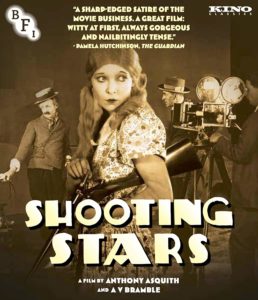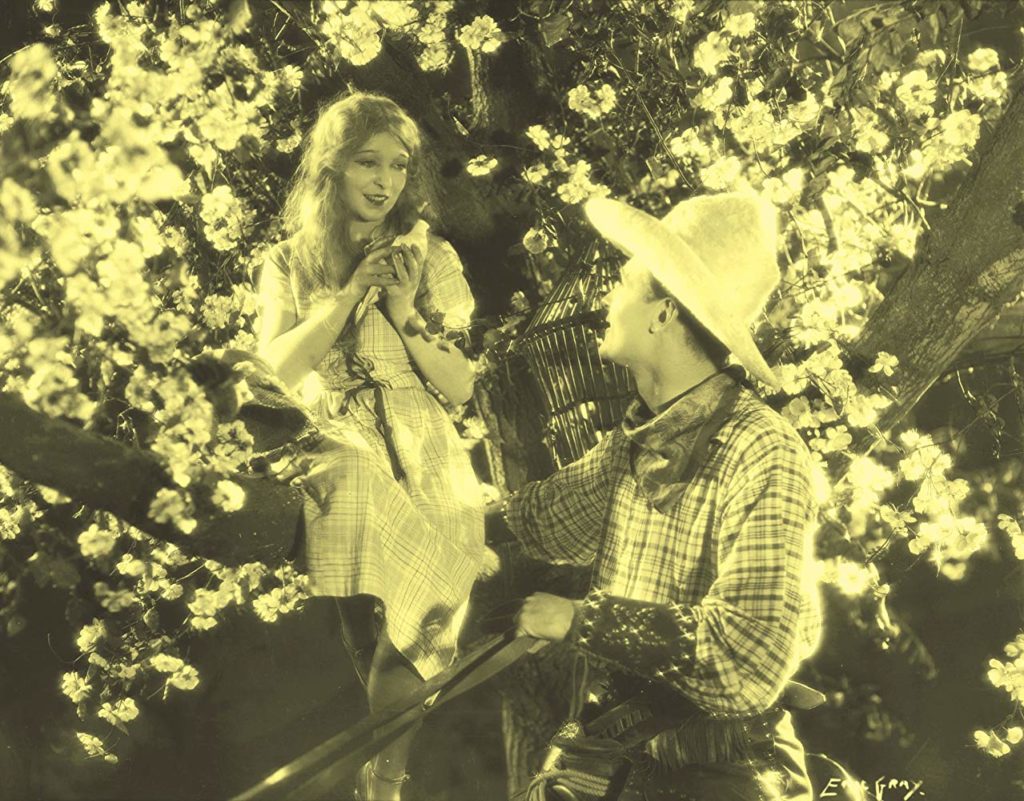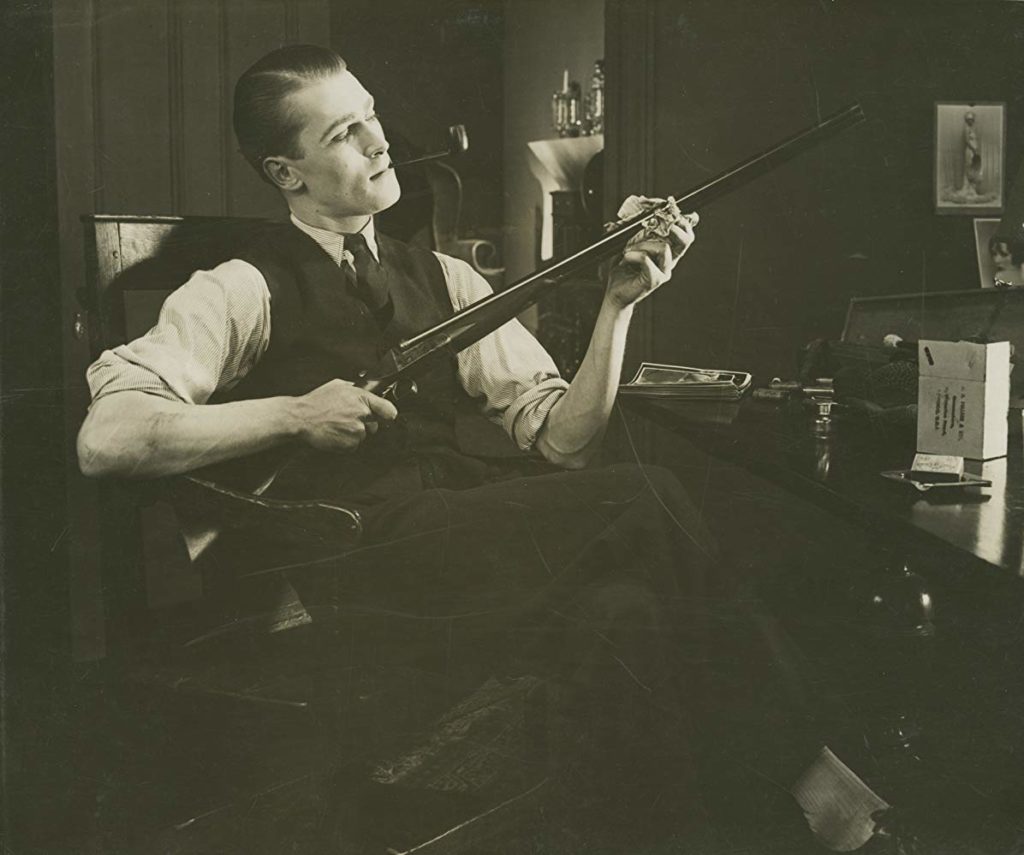Late-era British Silent Drama Fires Tense Shots at its own Industry.
DIRECTED BY ANTHONY ASQUITH/1928
BLU-RAY STREET DATE: APRIL 23, 2019/KINO CLASSICS

Double dealings, double images, duel identities and duel lives make up much of British filmmaker Anthony Asquith’s debut film, the silent drama, Shooting Stars. (Though it is A.V. Bramble who is credited onscreen, history now assures us otherwise). Those who are surprised by the level of cynicism hurled at the movie business in movie made as early as Billy Wilder’s Sunset Blvd. will be all more taken aback by similar levels put forth here, twenty-two years earlier, an ocean apart, and sans synchronized sound. It would indeed seem that Asquith was accurately sour towards his chosen field straight out of the gate. He would go on to helm dozens more films, mostly in Hollywood and many based upon plays, before his death in 1968.
Notable for its boldly expressionistic documentation of the workaday stride of the early British film industry, Shooting Stars is a smartly sharp jab to it all, though clearly also enamored. It tells the story of three famed actors and how their off-camera tensions and troubles follow them to work. Mae Feather and Julian Gordon (played with inner fire by Annette Benson and Brian Aherne) are married movie stars, working together on a Western potboiler. As radiant as Mae is towards Julian in the opening moment of Shooting Stars, once “cut” is called we learn just how skilled she is, as the glow was entirely for the movie within the movie. All is not well between this celebrity couple. Nearby, the Chaplin-esque comedy king Andy Wilks (Donald Calthrop) is making another one of his crowdpleasers. Mae’s heart- as well as the rest of her body- secretly belong to him.

As the tensions surrounding Mae’s love triangle come to an eventual boil, the title unsurprisingly but appropriately takes on a double meaning. Killing Julian seems to the logical out for Mae, who finds herself allowing an innocent mixup between a tube of lipstick and a live shotgun round to snowball to the point of the bullet being loaded into a prop gun intended to be fired at her husband’s character during a scene when he’s supposed to break in an rescue her. Tied to a post and gagged, Mae has better be truly committed to this horrific plan. Her moments of conflict then panic and not being able to speak are handled with such urgent precision, it’s little wonder that Asquith went on to a great career. In a movie full of genuinely nail biting scenes, this climactic moment takes the cake.
Shooting Stars, with its worldweary attitude put forth in luminous grey, is indicative of its time of peak silent filmmaking. With this Blu-ray release, Kino Classics has made it possible for stateside silent film fans and movie buffs to experience this boldly crafted work in glorious high definition. Having arrived alongside its fellow BFI National Archive restoration releases of Arthur Robison’s The Informer (1929) and Asquith’s own Underground (1928), Shooting Stars may not reach the celebrated heights of those two films, but all the same, it absolutely should not be overlooked. Both the film and the quality of the Blu-ray are terrific, manna for aficionados of such work. Slightly disappointing, then, is that a video gallery of stills and special collections is the only offering in the way of bonus features.

The new musical score by John Altman is likewise excellent, matching the movie’s own dry wit and tendency for irony. An example occurs in a scene when the jazzy music on the radio (Altman’s score acting as source music) cuts out for some dire news. Though the characters are visibly shaken (or must act that way, anyhow), the interrupted upbeat jazz resumes, now dramatically undercutting the tense intrigue, at this point layers deep.
Though silent, Shooting Stars speaks volumes. And if that sentence is something of a cliche, rest assured that the film it’s been stated in service of is not. Asquith’s debut feature is consistently visually stylish, engaging and darkly entertaining. Gratitude goes to the British Film Institute and Kino Classics for letting it shine anew.

